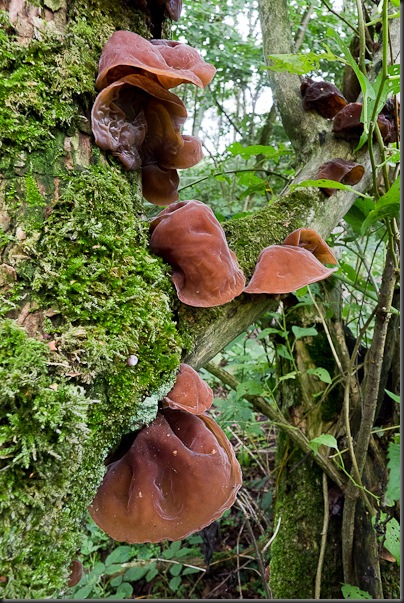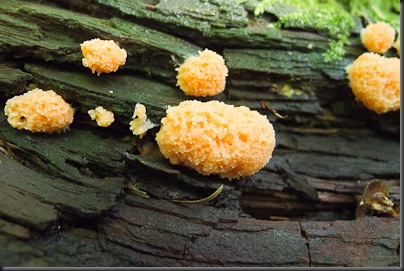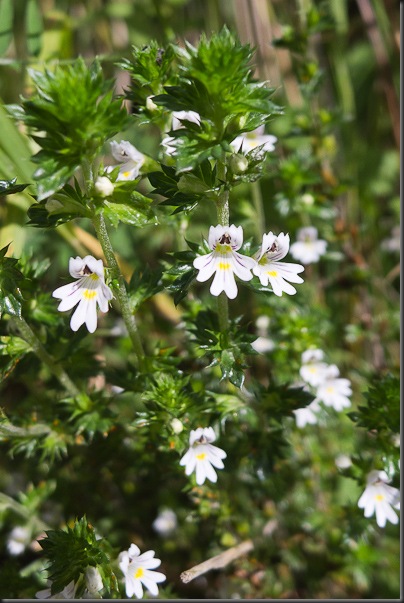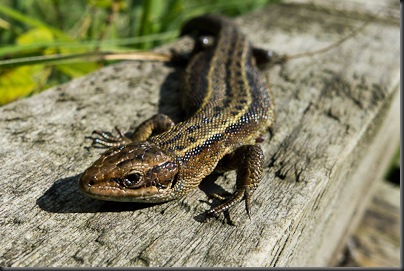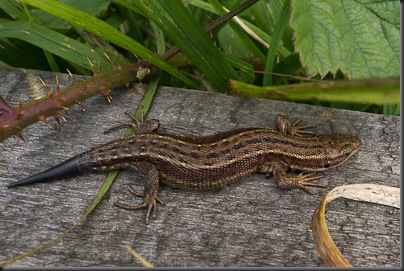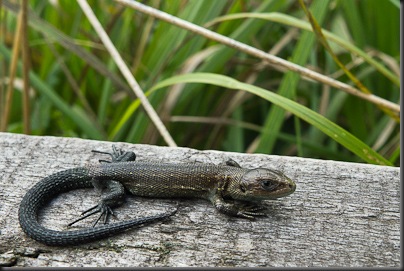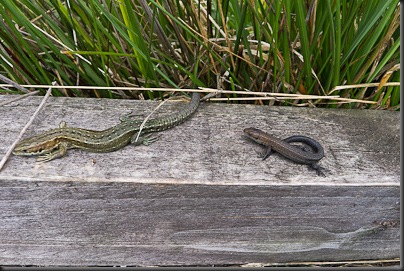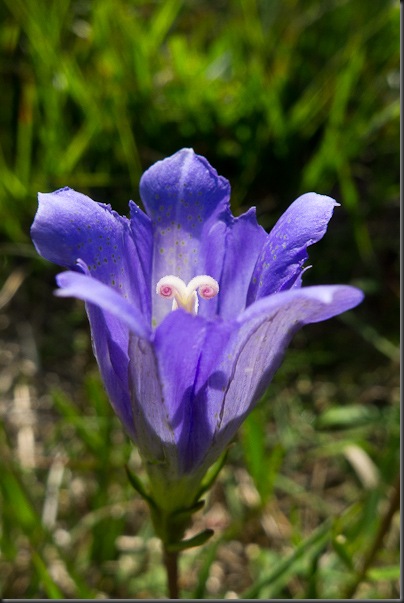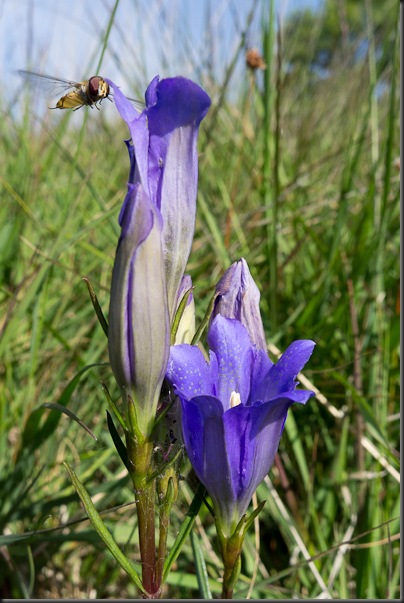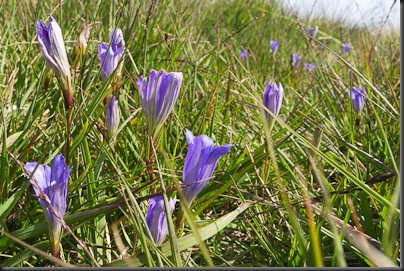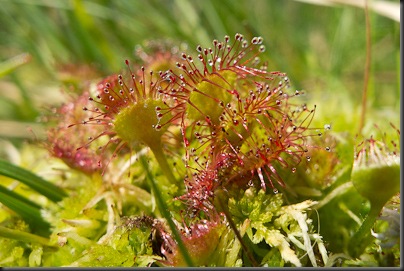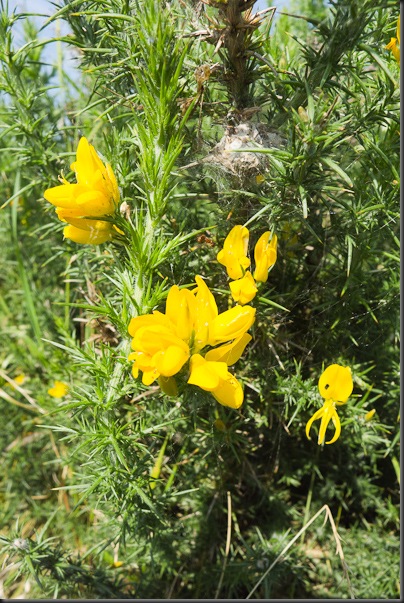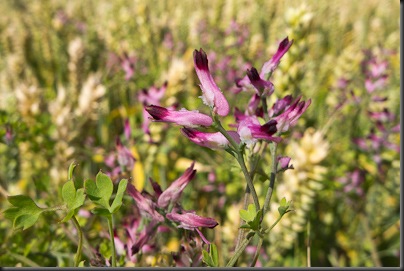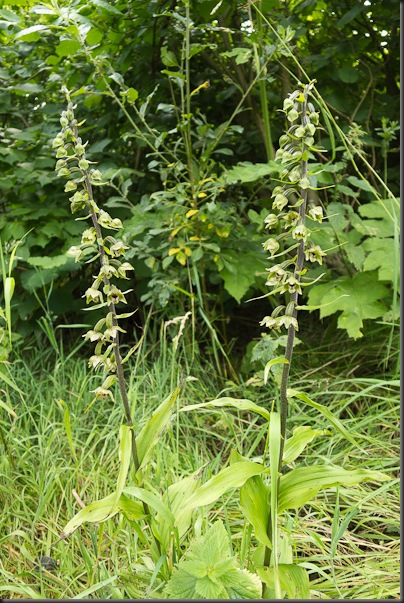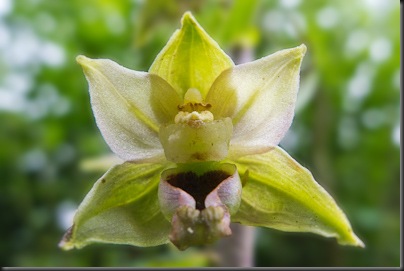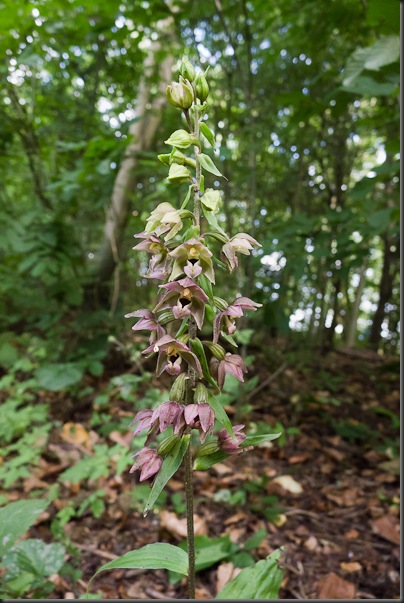After the recent downpours the weather gods smiled upon us and we decided to really push our luck and head north to Leighton Moss.
Basically Leighton Moss is a deservedly popular RSPB reserve located in one of the most wildlife rich areas of the country. However 99% of its visitor's appear to be blissfully ignorant and are happy to rush along from one hide to the next.
Following the hide based discussions I’m now an expert on the regeneration of Glasgow and bird-watching in Goa. Considering the amount of noise it’s surprising that 3 Otters, a Red Deer, an Osprey, 2 Marsh Harriers and 12 Greenshank hadn’t found somewhere quieter to go.
Other highlights included the Bladderwort flowering in one of the pools to the east of the causeway, Jew’s Ear fungi, a yet to be identified bizarre looking orange fungus and the partially parasitic Eyebright growing along the footpath edges
Jew’s Ear fungi
Unidentified fungus
Eyebright
Later in the afternoon we decided to give the Morecambe bay hides a miss and headed over to Gait Barrows to catch up with the Common Lizards.
Male Common Lizard
Female Common Lizard
Stumpy or the lizard that got away, shed its tail and grew another.
Young Common Lizard
Female Common Lizard and young
